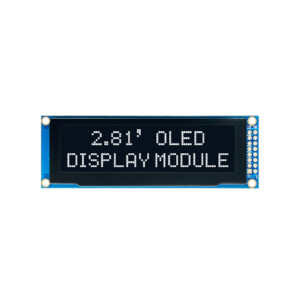
דברים גדולים בעסקים אף פעם לא נעשים על ידי אדם אחד. הם נעשים על ידי צוות של אנשים. יש לנו קבוצה דינמית של עמים
This article explores how to connect an LCD מָסָך אל א Raspberry Pi using an HDMI לוח נהגים, essentially turning your single-board computer into a miniature HDMI display screen. Whether you’re looking to create a custom לְהַצִיג for a project, build a portable gaming system, or simply repurpose an old laptop screen, this מַדְרִיך provides a comprehensive overview of the process. It’s worth reading because it breaks down the technical jargon, offers step-by-step instructions, and highlights potential pitfalls to avoid, empowering even novice users to complete this exciting DIY project.
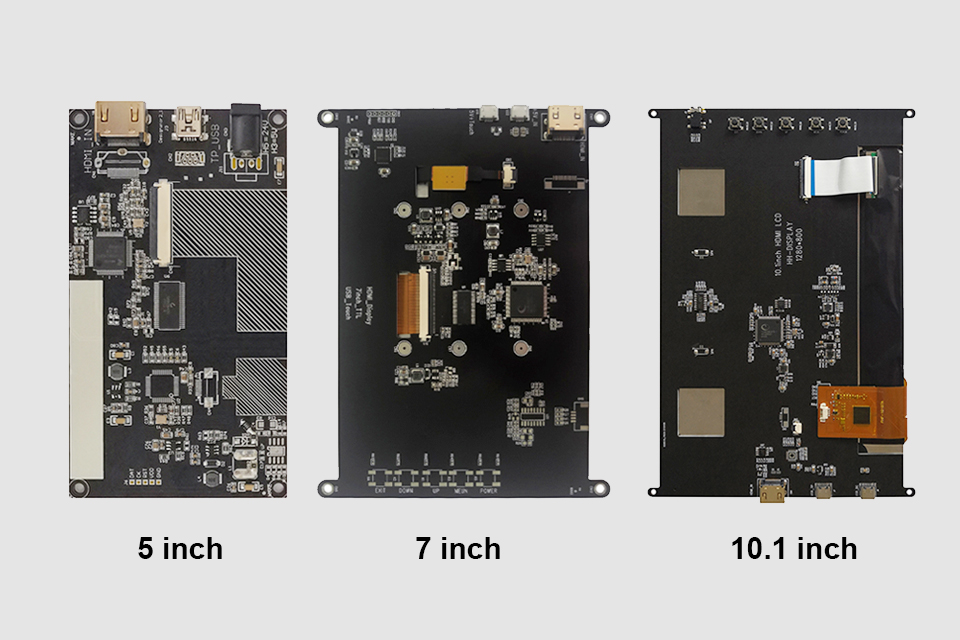
ה Raspberry Pi, a versatile single-board computer, offers a world of possibilities for DIY projects. Connecting it to an HDMI LCD לְהַצִיג expands these possibilities even further.
Firstly, an HDMI LCD allows you to build embedded systems. Imagine creating a custom control לוּחַ for a smart home, a portable retro gaming console, or a dedicated לְהַצִיג for sensor data. The compact size and low power consumption of the Raspberry Pi, combined with an LCD מָסָך, make this feasible. Secondly, using an HDMI LCD can be more cost-effective than purchasing a pre-built לפקח. You can often find ערכות that include the LCD לוּחַ ו לוח נהגים at a reasonable price, especially if you’re comfortable with a little assembly.
The three essential components for this project are the LCD לוּחַ, ה לוח נהגים, ואת HDMI כֶּבֶל. ה LCD לוּחַ is the actual מסך תצוגה itself. It requires a לוח נהגים to translate the HDMI אוֹת מה Raspberry Pi into a format the LCD לוּחַ can understand.
ה לוח נהגים is a crucial piece of tech. It takes the digital HDMI input and converts it to the analog signals needed to control the pixels on the LCD מָסָך. It also handles tasks like adjusting brightness, contrast, and color. Finally, the HDMI cable connects את Raspberry Pi אל ה לוח נהגים, transmitting the אות וידאו. Ensure you choose a compatible HDMI כֶּבֶל for optimal אוֹת transmission.
The size of the LCD מָסָך depends entirely on your project requirements. A 7 inch LCD מָסָך היא בחירה פופולרית עבור Raspberry Pi projects due to its balance of portability and visibility. It’s large enough to display text and graphics clearly, yet small enough to be easily integrated into custom enclosures.
However, you can find LCD מסכים in various sizes, from smaller 3.5-inch מציג to larger 10-inch or even larger לוחות. Consider the intended application. For a handheld gaming console, a smaller מָסָך might be preferable. For a desktop מסך תצוגה alternative, a larger לְהַצִיג would be more suitable. Also, think about the resolution. Higher resolution מסכים provide sharper images, but they also require more processing power from the Raspberry Pi.
Here’s a table summarizing common LCD screen sizes and their typical applications:
| גודל מסך | יישומים אופייניים | יתרונות | חסרונות |
|---|---|---|---|
| 3.5 inch | Small embedded systems, portable displays | Very compact, low power consumption | Small screen real estate, limited resolution |
| 7 inch | Portable gaming consoles, DIY tablets, control panels | Good balance of size and portability, reasonable cost | May be too small for some desktop applications |
| 10 inch | Desktop monitor alternatives, larger embedded systems | Larger screen real estate, better for viewing video | Less portable, higher power consumption |
בחירה נכונה לוח נהגים is vital for a successful project. While VGA מציג were common, HDMI is the preferred קֶלֶט method for modern Raspberry Pi projects. HDMI provides a higher-quality דִיגִיטָלי video אוֹת לְעוּמַת VGA’s analog signal. This results in a sharper, clearer תְמוּנָה.
When choosing a לוח נהגים, check for compatibility with your LCD לוּחַ and your Raspberry Pi. ה לוח נהגים must תְמִיכָה the resolution and interface of your LCD לוּחַ. רוֹב LCD ערכות come with a לוח נהגים specifically designed for the included לוּחַ. Also, ensure the לוח נהגים has the necessary קֶלֶט ports, such as HDMI, and that it’s compatible with the של Raspberry Pi HDMI output.

When you receive your new HDMI LCD kit, the excitement is palpable. The unboxing process is crucial to ensure that you have all the necessary components and that everything works properly. Typically, an HDMI LCD kit will contain the following:
Before proceeding, check each item carefully for any physical damage. Inspect the LCD מָסָך for scratches or cracks. Ensure all כבלים are present and in good condition. A quick visual inspection can prevent headaches later.
Now comes the exciting part: connecting את LCD לוח נהגים שלך Raspberry Pi. Here’s a step-by-step מַדְרִיך:
After 1 step, your Raspberry Pi should automatically detect the HDMI לְהַצִיג and output video אל ה LCD מָסָך.
Providing adequate כּוֹחַ is crucial for the stability of your HDMI LCD setup. The LCD לוּחַ ואת לוח נהגים both require כּוֹחַ, and their כּוֹחַ requirements can vary depending on the size and type of לְהַצִיג.
ה לוח נהגים typically requires a separate כּוֹחַ supply, often a DC adapter with a specific voltage (e.g., 12V) and amperage (e.g., 2A). Check את מפרטים שלך לוח נהגים to determine the correct כּוֹחַ requirements. Using an incorrect כּוֹחַ supply can damage the לוח נהגים אוֹ LCD לוּחַ.
ה Raspberry Pi itself also needs כּוֹחַ. While it can sometimes כּוֹחַ smaller מציג through its GPIO pins, it’s generally recommended to לְהִשְׁתַמֵשׁ a separate כּוֹחַ אספקה עבור LCD to avoid straining the של Raspberry Pi כּוֹחַ circuitry.
Sometimes, things don’t go as planned. Here are some common issues and how to fix them:
/boot/config.txt). פְּרָט instructions on how to do this can be found online.Once you have a working HDMI LCD setup, you can explore additional enhancements. Adding לָגַעַת functionality is a popular option, turning your לְהַצִיג into a full-fledged מסך מגע.
Touch מָסָך functionality typically requires a separate לָגַעַת לוח בקר זֶה connects אל ה LCD לוּחַ ואת Raspberry Pi. אֵלֶה לוחות often use USB for communication. After physically connecting את לָגַעַת לוח בקר, you’ll need to install the appropriate drivers on your Raspberry Pi. There are number of ready to לְהִשְׁתַמֵשׁ driver available.

מציאת הנכון HDMI LCD קִיט אוֹ לוח נהגים can be overwhelming with so many options available. Here’s a מַדְרִיך to help you navigate the purchasing process:
Connecting an HDMI LCD אל א Raspberry Pi opens up a world of creative possibilities. By understanding the components involved, following the connection steps carefully, and troubleshooting common issues, you can transform your Raspberry Pi into a versatile HDMI monitor.
10 Important Things to Remember:
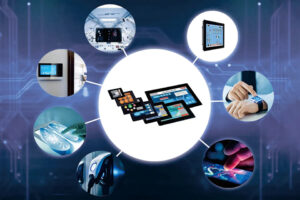
מאמר זה מתעמק בעולם המרתק של מודולי תצוגה, תוך התמקדות ספציפית בטכנולוגיית LCD (Liquid Crystal Display) ו-TFT (Thin-Film Transistor).
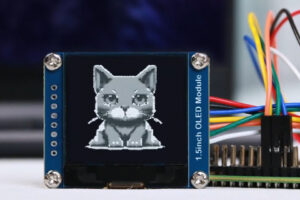
מודולי תצוגת OLED, במיוחד גרסאות OLED גרפיות, מחוללים מהפכה באופן שבו אנו מתקשרים עם מכשירים, ומציעים חזותיים חדים, צבעים מרהיבים (במקרים מסוימים) ויעילות אנרגטית יוצאת דופן.
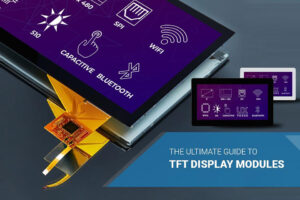
מאמר זה הוא המדריך המקיף שלך להבנה וניווט בעולם של החלפת מודול תצוגת LCD.

This article dives deep into the lifespan and durability of OLED (Organic Light Emitting Diode) displays compared to LCD (Liquid Crystal Display) screens.

מאמר זה צולל עמוק לתוך עולם לוחות בקרי ה-LCD, ומציע לך את הידע החיוני לבחירת הלוח המושלם לפרויקט התצוגה שלך, בין אם אתה מייעד מחדש מסך מחשב נייד או בונה צג מותאם אישית.

This article explores how to connect an LCD screen to a Raspberry Pi using an HDMI driver board, essentially turning your single-board computer into a miniature HDMI monitor.
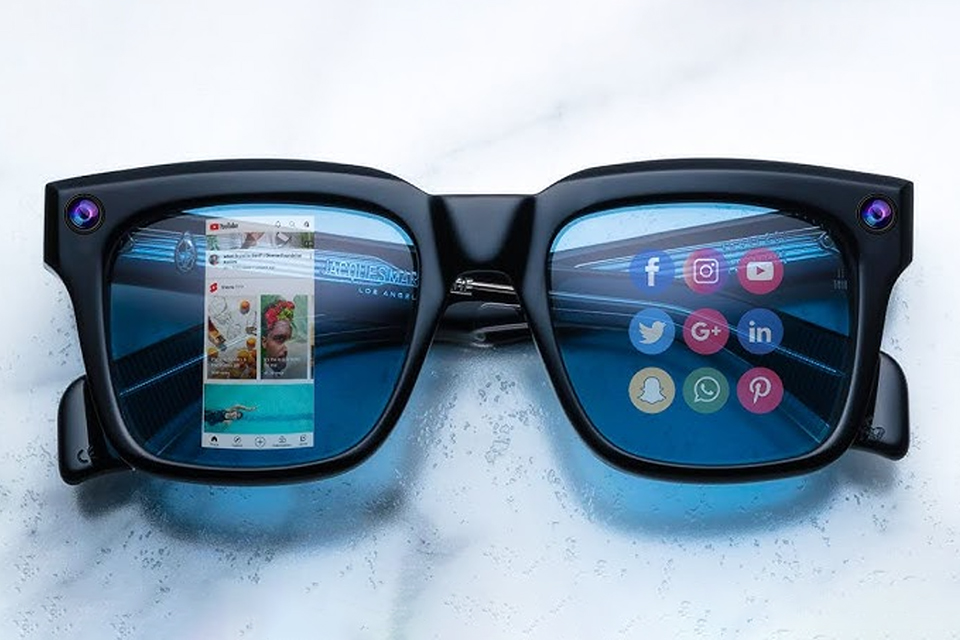
This article dives into the exciting world of augmented reality (ar) lenses, specifically focusing on the development and potential of an interchangeable lens system for ar glasses.

This article dives deep into the lifespan and durability of OLED (Organic Light Emitting Diode) displays compared to LCD (Liquid Crystal Display) screens.

@ 2025 display-module. כל הזכויות שמורות.
מלא את הטופס למטה, וניצור איתך קשר בהקדם.